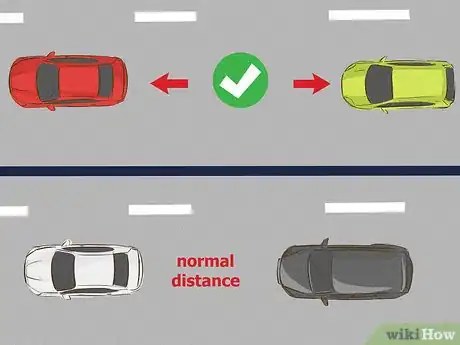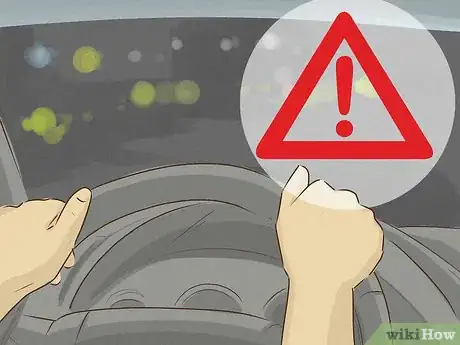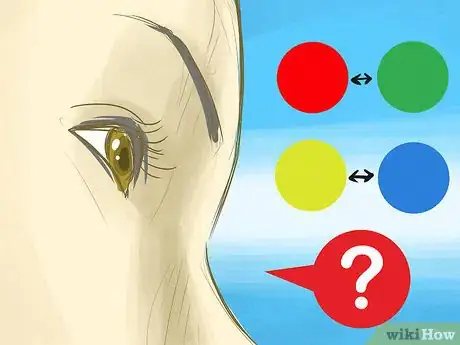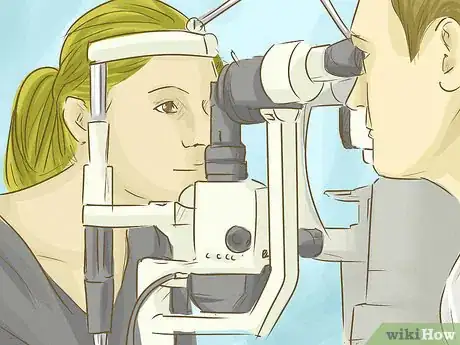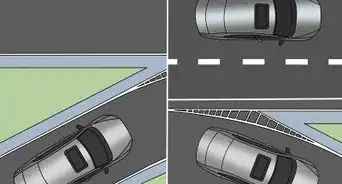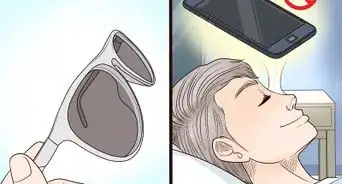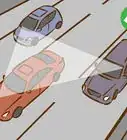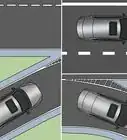This article was co-authored by Luxme Hariharan, MD, MPH. Dr. Luxme Hariharan is a Board Certified Pediatric Ophthalmologist. She currently is a Pediatric Ophthalmologist at Nicklaus Children's Hospital in Miami, Florida. She specializes in pediatric ophthalmology and preventing childhood blindness. Dr. Hariharan has worked with global institutions including the World Health Organization, the American Academy of Ophthalmology, Orbis, and Sightlife. She holds a BS in Biology and Latin American, Caribbean & Iberian Studies from The University of Wisconsin-Madison, a Masters of Public Health (MPH) in International Health, Child Health, Epidemiology & Biostatistics from Johns Hopkins University, and an MD from The University of Wisconsin-Madison. She is a member and serves on several committees within the American Academy of Ophthalmology, The American Academy of Pediatric Ophthalmology and Strabismus; and sits on the board of directors of Combat Blindness International.
There are 7 references cited in this article, which can be found at the bottom of the page.
This article has been viewed 39,664 times.
Colorblindness is a visual condition that results in the decreased ability to see or distinguish between certain colors. This condition can make driving more difficult, but fortunately, it is easy to adapt. By learning to deal with lights (both traffic and brake lights), observing signs and symbols, and taking a defensive approach to driving you can safely and effectively navigate a motor vehicle while colorblind. If you suspect you may be colorblind, but aren't certain, you can seek a diagnosis from a licensed optician.
Steps
Dealing with Lights
-
1Memorize the order of the traffic lights. The primary difficultly of driving a car when colorblind is dealing with traffic lights. Red-green colorblindness is the most common form, and as such, many colorblind individuals cannot distinguish between these two traffic lights. In order to adapt, you must memorize the order in which the traffic lights appear.[1]
- Red (stop) is always positioned at the top.
- Green (go) is always positioned at the bottom.
- Yellow (slow down/yield) is always positioned in the middle.
-
2Yield at intersections. If you are unable to see the color of traffic lights, it may take you just a split-second longer to determine what the light is communicating. Get into the habit of slowing down when approaching intersections, in order to verify the position of the light.[2]Advertisement
-
3Maintain a longer-than-average following distance. Many colorblind people experience difficulty noticing the brake lights of the car in front of them. In order to prevent accidents, maintain a larger-than-average following distance. This will give you more time to recognize that the car in front of you is slowing down or stopping.[3]
- For most drivers, a two-second following distance is recommended.
- If you are colorblind, use a three-second (or greater) following distance.
Observing Signs and Symbols
-
1Study common road sign meanings. Road signs are color-coded to help drivers quickly identify their meaning. When you are colorblind, you may not be able to distinguish these colors. As such, you should spend a bit of time studying common road sign shapes and symbols. This way, you will be able to efficiently understand the meanings of various road signs while you are driving.[4] Some common road signs include:
- Stop sign = an octagonal sign with the word "STOP" in large letters.
- Road condition warning signs = diamond shaped signs with black symbols. For example, a curvy arrow indicates that a winding road is ahead, and a cross means that a cross-roads is ahead.
- Construction signs (also called temporary traffic control signs) = diamond shaped signs, either depicting a construction worker holding a flag, or with printed text (such as "RIGHT SHOULDER CLOSED."
-
2Watch for construction zones. If certain colors (like orange/yellow) do not stand out to you, you must be extra careful in construction zones. You may not be as likely to notice cones, construction tape, or even workers. Take notice of construction zones and slow down.[5]
-
3Exercise caution. When you are colorblind, you may not react as quickly to road signs and other markers. As such, you should get into the habit of driving a bit slower, and being more careful. This is particularly true if you are experiencing any additional road hazards.[6] Such hazards may include:
- Driving at night
- Driving during snow or rain
- Driving on winding or steep roads
- Wildlife on the road
Diagnosing Colorblindness
-
1Notice symptoms. Colorblindness does not mean seeing all colors as shades of grey. Rather, colorblind individuals may see only certain colors muted out, or many have trouble distinguishing between colors. If you believe this applies to you, begin looking for specific symptoms.[7] These may include:
- Trouble distinguishing red and green (this is the most common form of colorblindness)
- Trouble distinguishing blue and yellow
- Disagreements with others about colors
- Sensitivity to light
- Increased night vision
- Headaches
-
2Visit an optician. Although there are numerous online and/or paper tests you can take to self-diagnose colorblindness, only an optician can make a definitive diagnosis. If you are experiencing symptoms related to colorblindness, make an appointment right away.[8]
- If you suddenly lose the ability to see colors when you have previously been able to see them normally, contact your doctor immediately. Sudden color vision loss can indicate a serious problem.
-
3Choose who you want to share this with. It most countries, including the US and UK, you are not required by law to disclose your colorblindness when you seek a driver's license. If you have worked to memorize the order of traffic lights, study some common road signs, and take the proper precautions, you will be able to drive safely and effectively.[9]
- Some professions--such pilot or police officer--may be off-limits to colorblind individuals.
References
- ↑ http://www.colour-blindness.com/general/dangers/
- ↑ http://www.colour-blindness.com/general/dangers/
- ↑ https://www.theatlantic.com/technology/archive/2015/03/a-cure-for-colorblindess/386450/
- ↑ https://mutcd.fhwa.dot.gov/services/publications/fhwaop02084/
- ↑ https://mutcd.fhwa.dot.gov/services/publications/fhwaop02084/
- ↑ https://www.tmr.qld.gov.au/Safety/Driver-guide/Identifying-hazards-when-driving
- ↑ https://www.colourblindawareness.org/families/early-symptoms/
- ↑ http://www.colourblindawareness.org/parents/Where-to-get-a-diagnosis/
- ↑ https://www.gov.uk/driving-eyesight-rules


